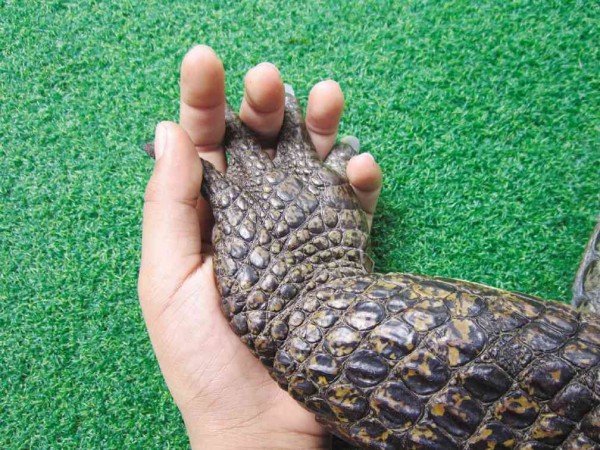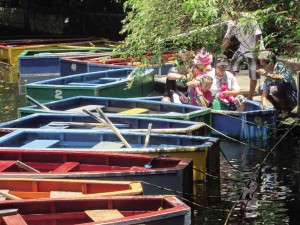Disabilities can’t dim their Manila Zoo shots

FRAMING IT LIKE A PRO Sample photos taken at Manila Zoo by children with disabilities who took part in the Aug. 10 workshop held by the volunteer group Photography with a Difference (PWD).
With a point-and-shoot camera, his father for a companion and a dream to explore the world, 11-year-old Victor Angelo David went around testing his photographer’s instincts at Manila Zoo on a recent Saturday.
“Kuya (brother), to your right… tilt it upwards… shoot!” his father said, filled with excitement and affection.
David, one of around 20 children who gathered for a photography workshop at the zoo that morning, keenly followed the instructions, found his timing and produced some impressive shots at the end of the session—despite being blind.

As another blind child, Aleeiah Maclit, said: “I thought I couldn’t do it. How could I take pictures? But now I know I could.”
Through sound, touch
Feeling their way around their subjects through sound, touch and a family member’s guidance, the children were taught to create images in their minds, frame them through the lens, and put a smile on everyone—sighted or not—with the resulting shots.
David and Maclit were among the participants in a workshop conducted by the group Photography with a Difference (PWD), whose volunteers taught them how to operate a camera and tell a story through pictures.
“You have to be patient,” David told the Inquirer, already sharing some tips. “I wanted to take a photo of a deer but it was running so fast. I kept trying even though it was already hot—then I got bitten by an ant.”
As part of the workshop, the children were also taught to overcome fear by touching snakes, crocodiles and birds at the Kinder Zoo section, where Maclit took a shot of a child’s hand holding a crocodile’s foot.
The workshop was part of PWD’s “Hero” project which aims to enhance the children’s creativity and self-esteem— to make them heroes in their own right—through photography. It also seeks to promote Manila Zoo (which is set for major renovations, according to the city government) as a fun place for learning.
Recognized, accepted

Also among the participants were three brothers afflicted with Hunter syndrome (mucopolysaccharidosis type II) where an enzyme needed to break down complex sugar in the body is either missing or malfunctioning.
Because of the genetic disorder, Vicente Isaac Parco, 15, and twins Peter John and John Paul, 16, have grown to a height of just under four feet. The disease has also manifested itself in their facial features and hands, and also caused vision and hearing loss and other organ problems.
It hurts their mother Angelita to hear her sons being teased about their height. But Peter John said, “I just ignore them,” as he snapped away with a camera that he held with crooked fingers.
“I’m just happy that they can socialize and enjoy new activities,” Angelita said.
Photos to be produced from three Saturday sessions, which started on Aug. 10, will be mounted in a traveling exhibit at various SM malls, with the first exhibit opening on Sept. 21 at SM Manila.
“I’m glad because it is rare for a blind child to be considered a hero and be included in a photo exhibit,” David said.
Among the partners for the Hero project are the Autism Society of the Philippines, Down Syndrome Association of the Philippines, Parent Advocates for Visually Impaired Children, Parent Council for the Welfare of Hearing Impaired Children and Philippine Society for Orphan Disorders.